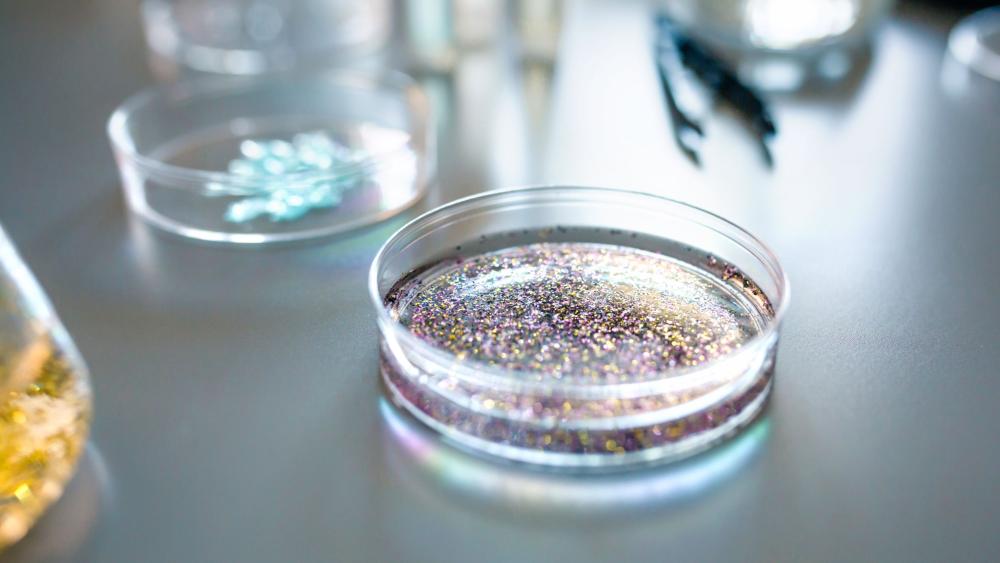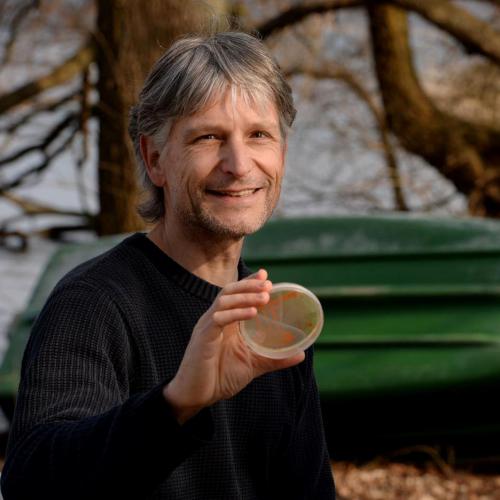
Example photo: Microplastics are difficult to detect in some biological tissues and materials. | Photo: shutterstock_2492206201
“The robustness and reliability of research methods is crucial for obtaining sound data for microplastic risk analysis”, said Prof Hans-Peter Grossart, IGB researcher and one of the authors of the study. The microbiologist studies microplastics in freshwater ecosystems, how they are colonized by microorganisms and even degraded. And he is familiar with the challenges of analysing and quantifying microplastics in biological materials.
Improving research standards requires collaboration between researchers from different disciplines, such as environmental scientists and medical researchers. As biomonitoring of microplastics in humans continues to advance, it is essential that the scientific community adopts harmonised practices to promote transparency, reproducibility and confidence in reported results.
In their article, the researchers emphasise that studies quantifying microplastic particles in biological matrices should follow rigorous QA/QC protocols, including clear false-positive identification strategies, consistent use of sampling and processing blanks, contamination-controlled procedures and validated digestion and recovery methods using well-characterized reference materials.





